Math 3.3(F)
represent equivalent fractions with denominators of 2, 3, 4, 6, and 8 using a variety of objects and pictorial models, including number lines;
- Plus Plan
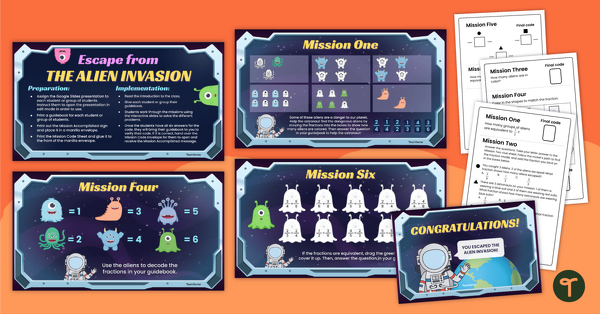
Escape From the Alien Invasion – Math Escape Room (Basic Fractions)
Save the planet from the alien invasion by identifying fractions, comparing fractions, creating models, and more with an exciting digital escape room.
- Free Plan
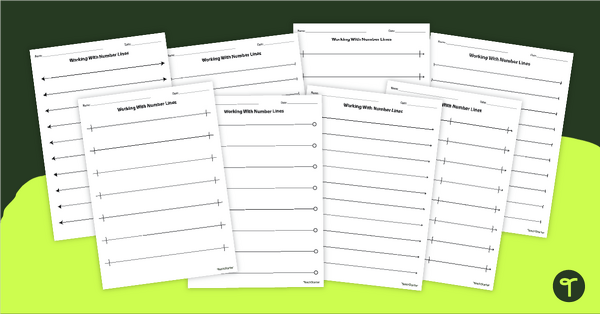
Blank Number Lines - Printable
Print a set of open number lines to help you teach a variety of math skills.
- Plus Plan
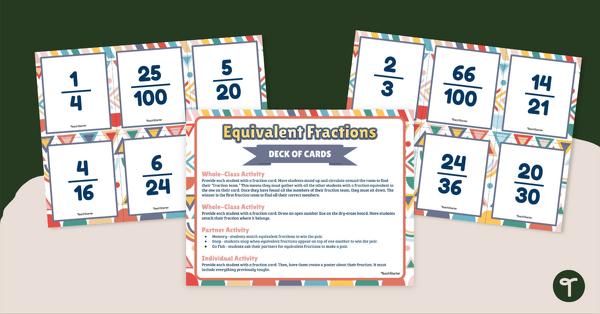
Equivalent Fractions – Deck of Cards
Encourage healthy competition between your students by using this set of 30 equivalent fraction cards to play a variety of math games.
- Free Plan
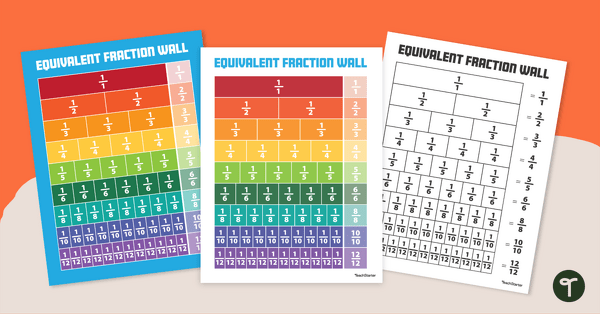
Equivalent Fraction Wall - Poster
Guide students to develop an understanding of fractions with the same value by using an equivalent fractions chart in your classroom.
- Plus Plan
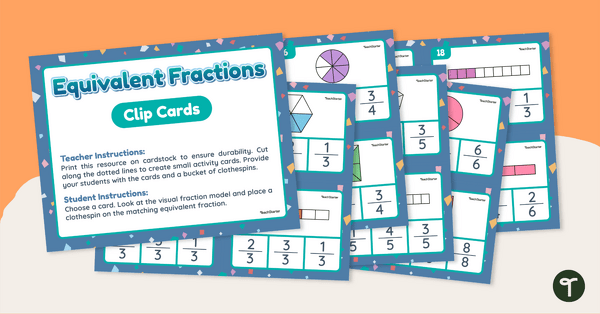
Equivalent Fractions – Clip Cards
Determine an equivalent fraction that matches a fraction model with this set of 24 clip cards.
- Free Plan
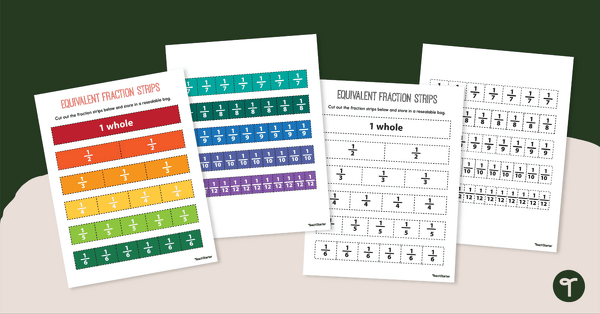
Fraction Strips
Promote hands-on learning in your classroom with this set of printable fraction strips.
- Plus Plan
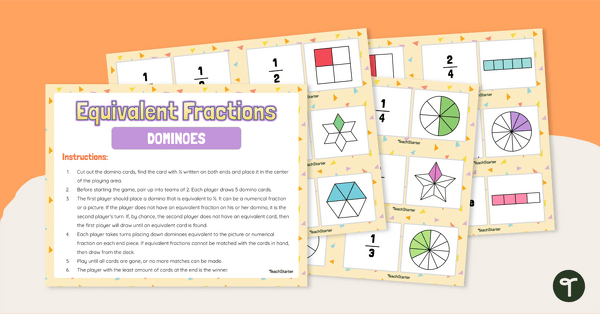
Equivalent Fractions – Dominoes
Identify and match equivalent fractions with an exciting game of dominoes!
- Plus Plan

Equivalent Fraction Campout Board Game for 3rd Grade
Practice finding equivalent fractions using fraction strips with this camping-themed board game.
- Plus Plan
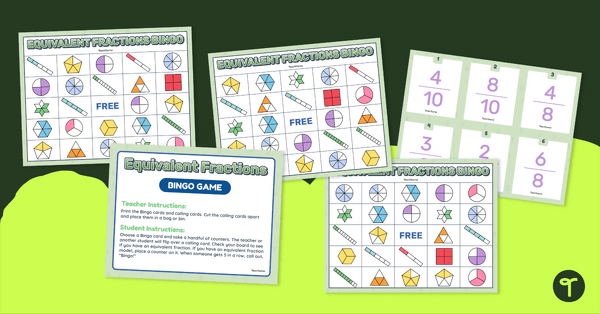
Equivalent Fractions Bingo
Match fraction models with an equivalent fraction with an exciting game of Bingo!
- Plus Plan
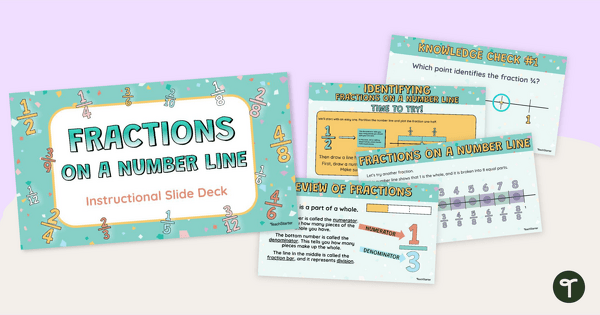
Fractions on a Number Line - Instructional Deck
Teach your students how to identify and work with fractions on a number line with an interactive, explicit instructional teaching presentation.
- Free Plan
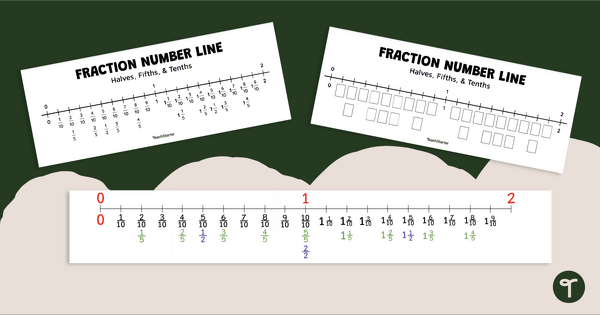
Fractions on a Number Line - Halves, Fifths, and Tenths
Demonstrate the concept of fractions on a number line with a printable fraction number line display and student reference sheets.
- Plus Plan

Fractions on a Number Line - 3rd Grade Exit Tickets
Assess your students' ability to represent fractions greater than zero and less than or equal to one with a set of printable fraction exit tickets.
- Plus Plan
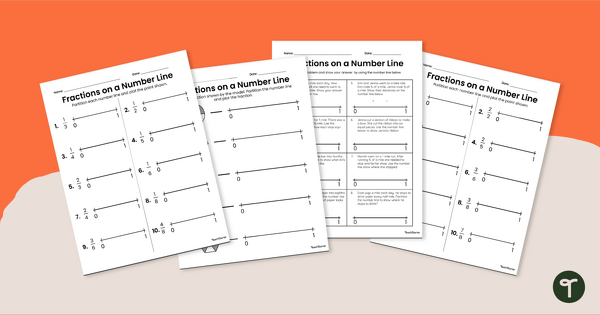
Fractions on a Number Line Worksheets
Represent fractions greater than zero and less than or equal to one with a pack of fraction number line worksheets.
- Plus Plan
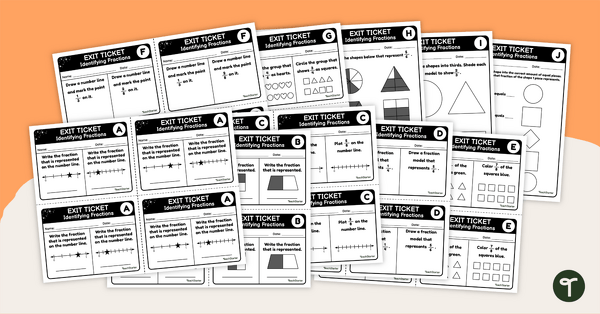
Understanding Fractions – Exit Tickets
Assess student understanding of basic fractions with this set of 24 math exit tickets.
- Plus Plan
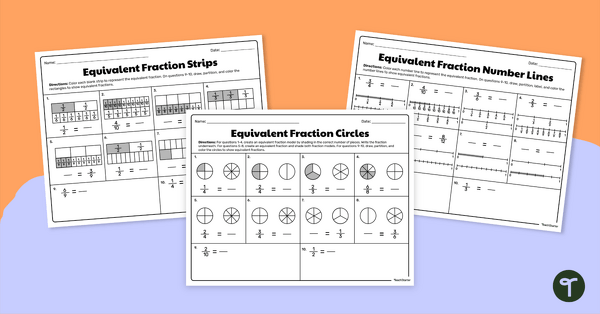
Equivalent Fractions – Worksheet Pack
Use fraction models, strip diagrams, and number lines to determine equivalent fractions with this worksheet pack.
- Plus Plan
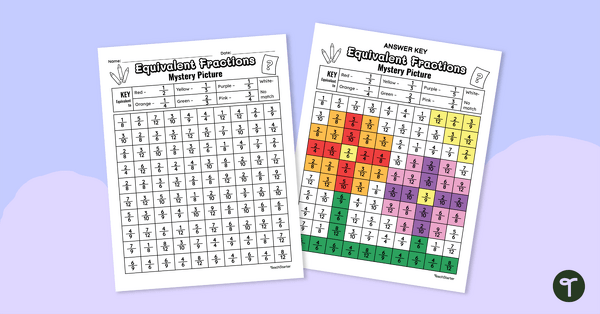
Equivalent Fractions – Mystery Picture Worksheet
Determine equivalent fractions while using the color guide to reveal a mystery image.
- Plus Plan
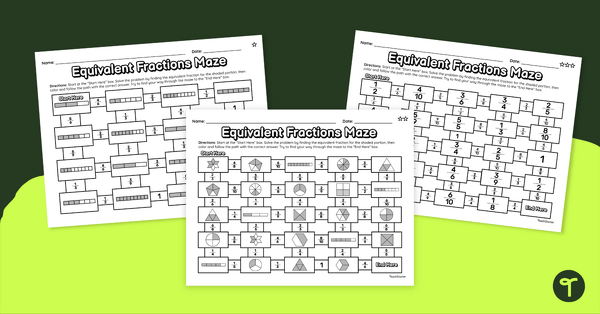
Equivalent Fractions – Differentiated Math Mazes
Practice your understanding of equivalent fractions with this set of differentiated math mazes.
- Plus Plan

Equivalent Fractions – Instructional Slide Deck
Teach your students how to find equivalent fractions by using a number line, shaded models, or a fraction chart with this instructional slide deck.
- Plus Plan
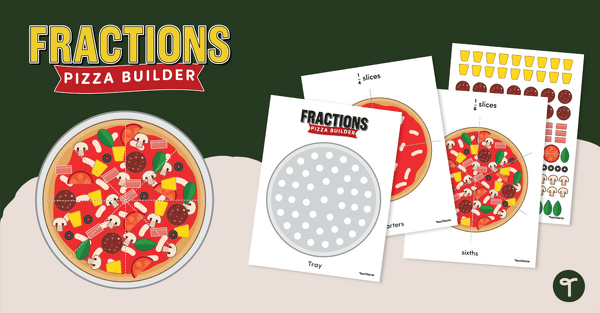
Pizza Fractions – Hands-On Materials
Use these hands-on materials to improve your student's understanding of fraction models and equivalent fractions while making a pizza.
- Plus Plan

3rd Grade Fractions – Math Assessment
Assess student understanding of fractions on a number line, comparing fractions, equivalent fractions, and more with this math test for 3rd grade.
- Free Plan
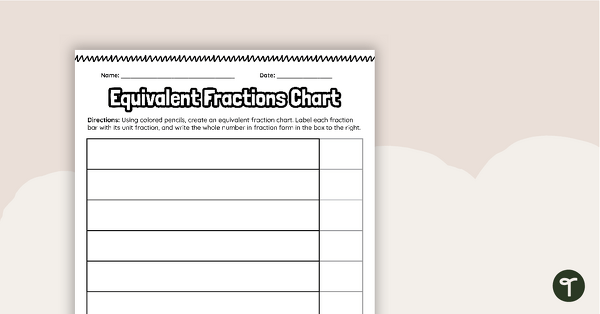
Equivalent Fractions Chart - Blank
Encourage students to create their own equivalent fraction chart with this printable math template.
- Plus Plan
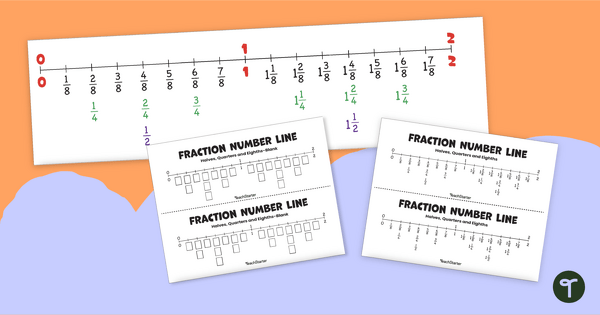
Fractions on a Number Line - Halves, Quarters, and Eighths
Demonstrate the concept of fractions on a number line with a printable number line display and student reference sheets.
- Plus Plan
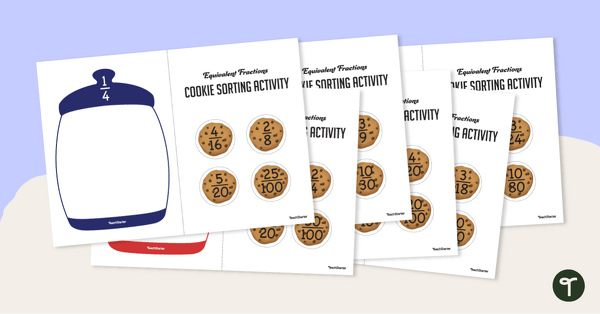
Equivalent Fractions - Cookie Jar Sorting Activity
Review equivalent fractions with this whole-class sorting activity that gets students moving and simplifying!
- Plus Plan
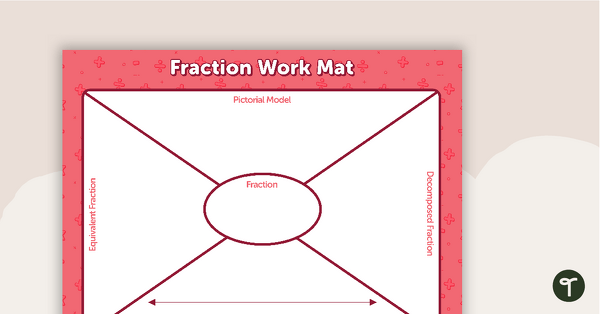
Fraction Work Mat
Practice fractional concepts with this work mat for students.
- Plus Plan
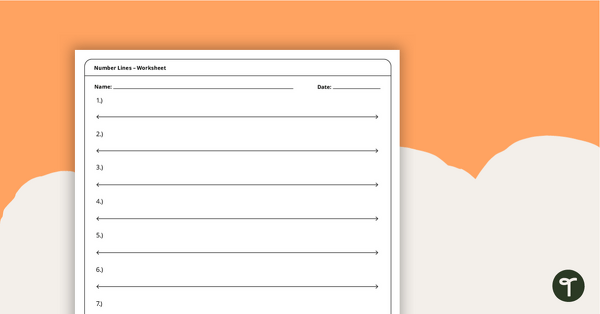
Open Number Lines - Portrait
Print a pack of open number lines to use in a variety of ways in your lessons.
- Plus Plan
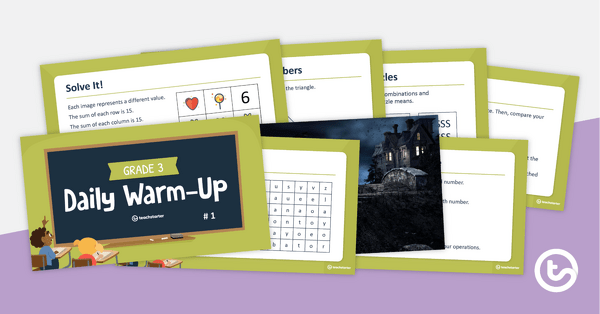
Grade 3 Daily Warm-Up – PowerPoint 1
A 68-slide PowerPoint presentation containing a variety of quick warm-up activities.
- Plus Plan
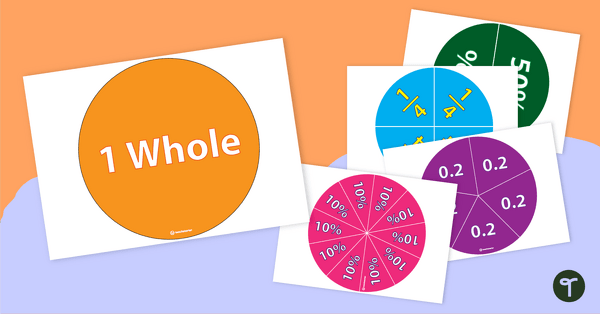
Fraction, Percentage and Decimal Circles
A set of fraction, decimal, and percentage circles to use with your students when teaching equivalency.
- Plus Plan
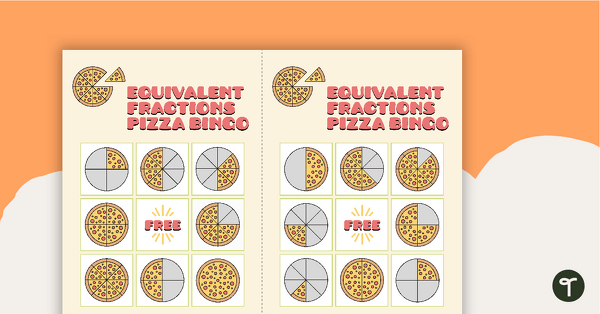
Equivalent Fractions Pizza Bingo - Whole, 1/2, 1/4, 1/8
32 different bingo cards to practice finding equivalent fractions involving 1, 1/2, 1/4, and 1/8.
- Plus Plan

Fractions Number Line - Thirds, Sixths, and Twelfths
Demonstrate the concept of thirds, sixths, and twelfths on a number line with a printable number line display and student reference sheets.